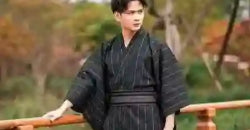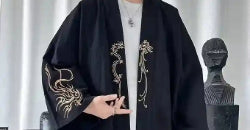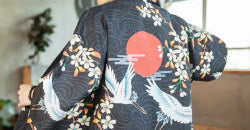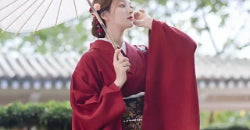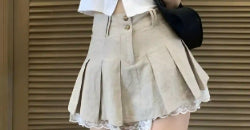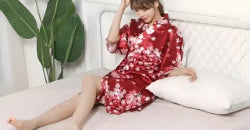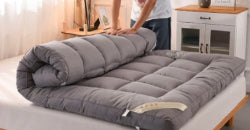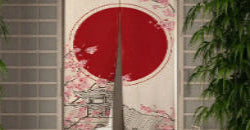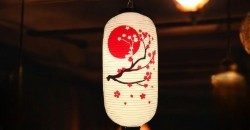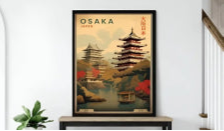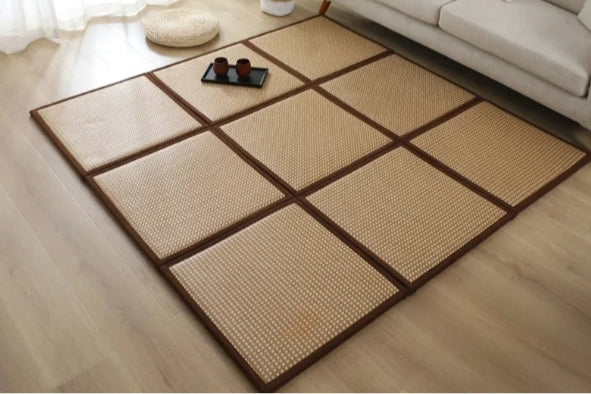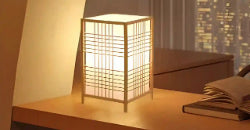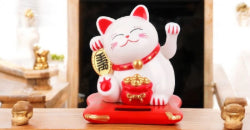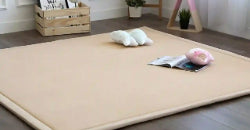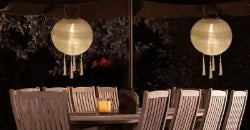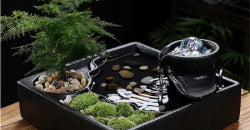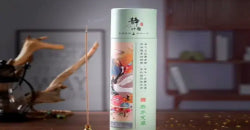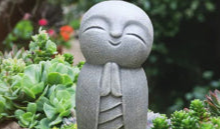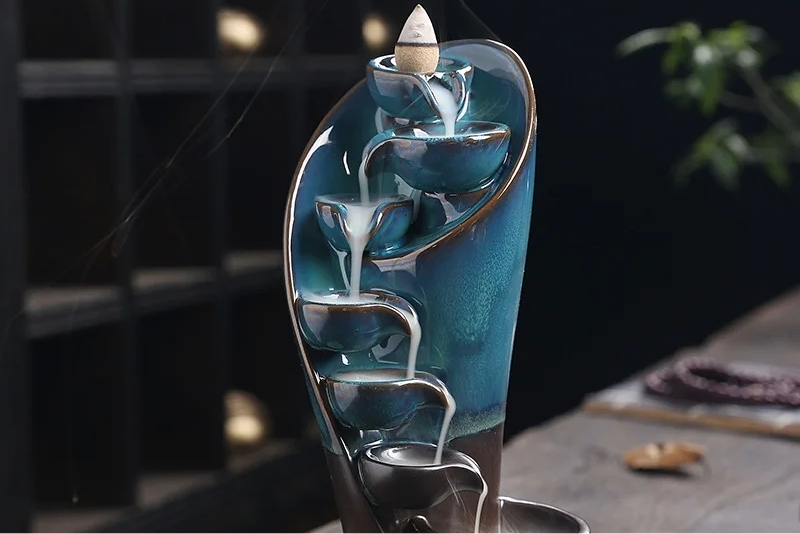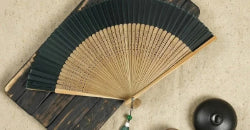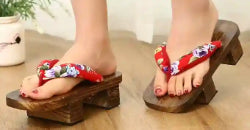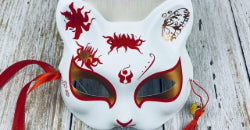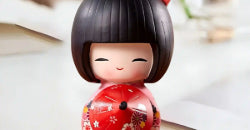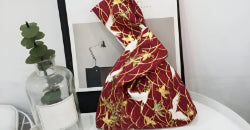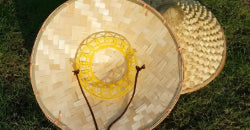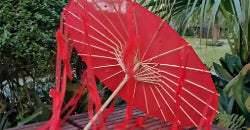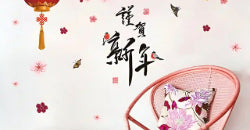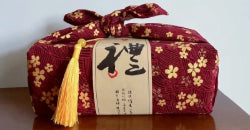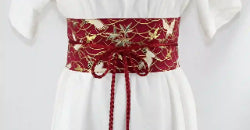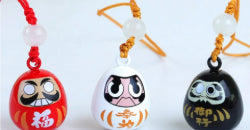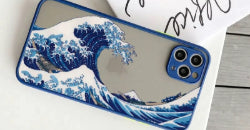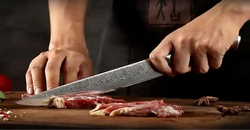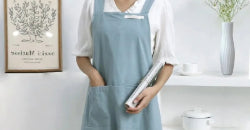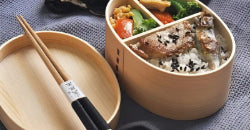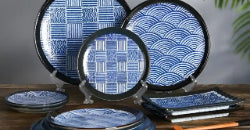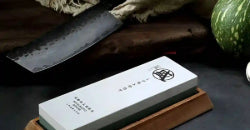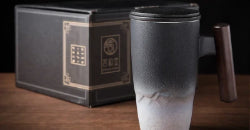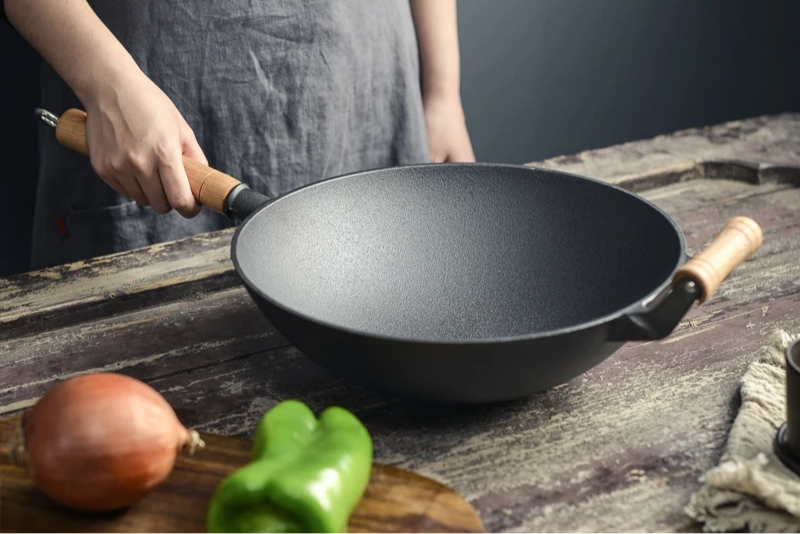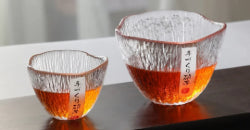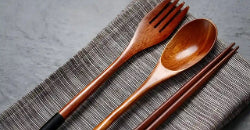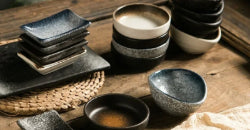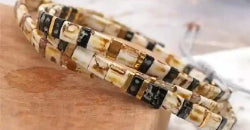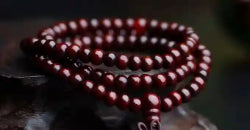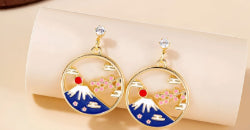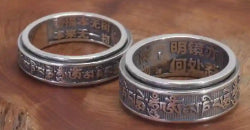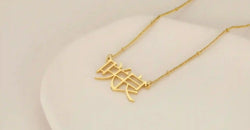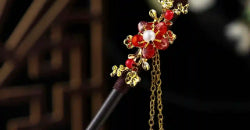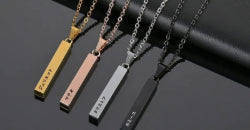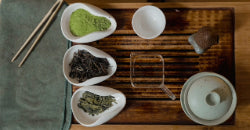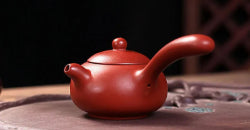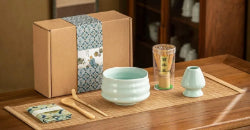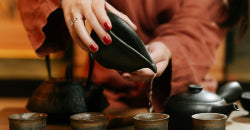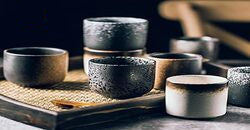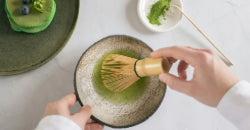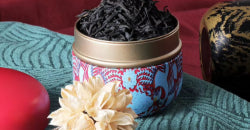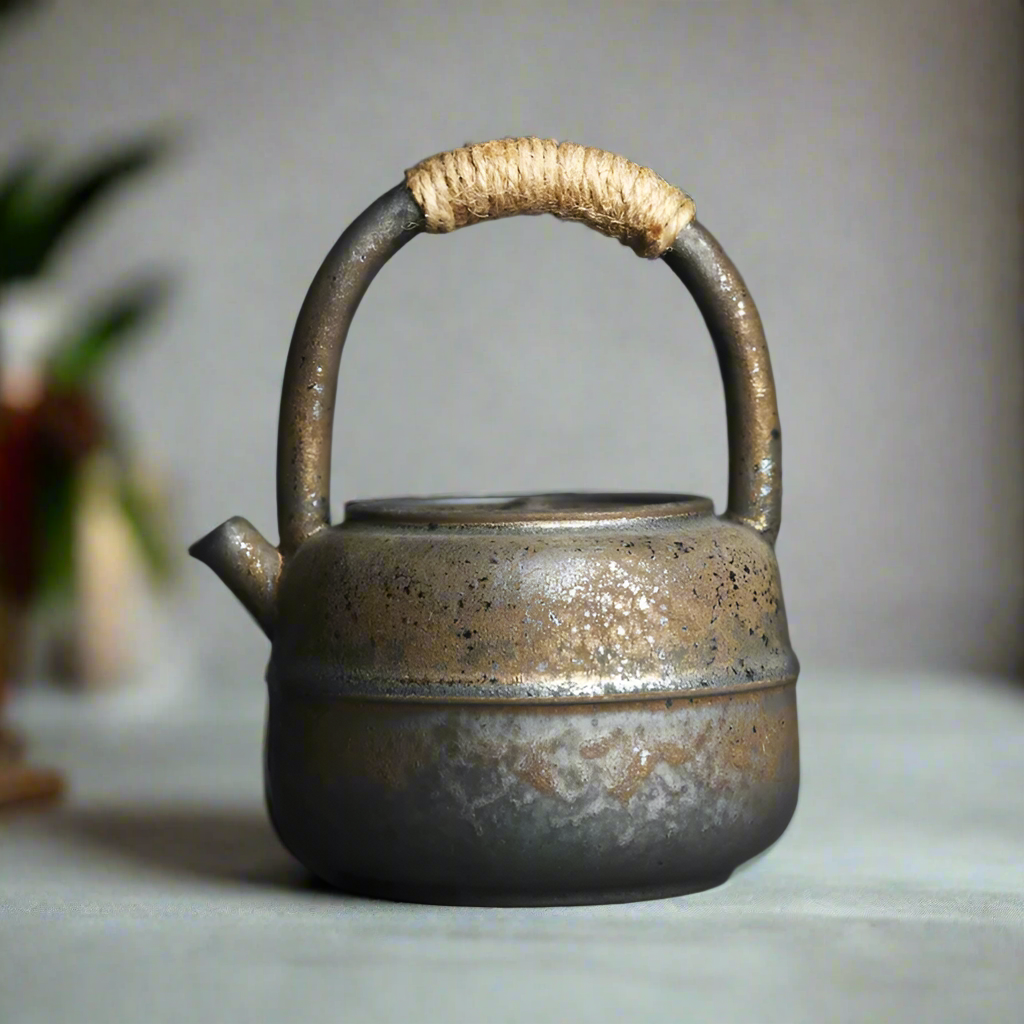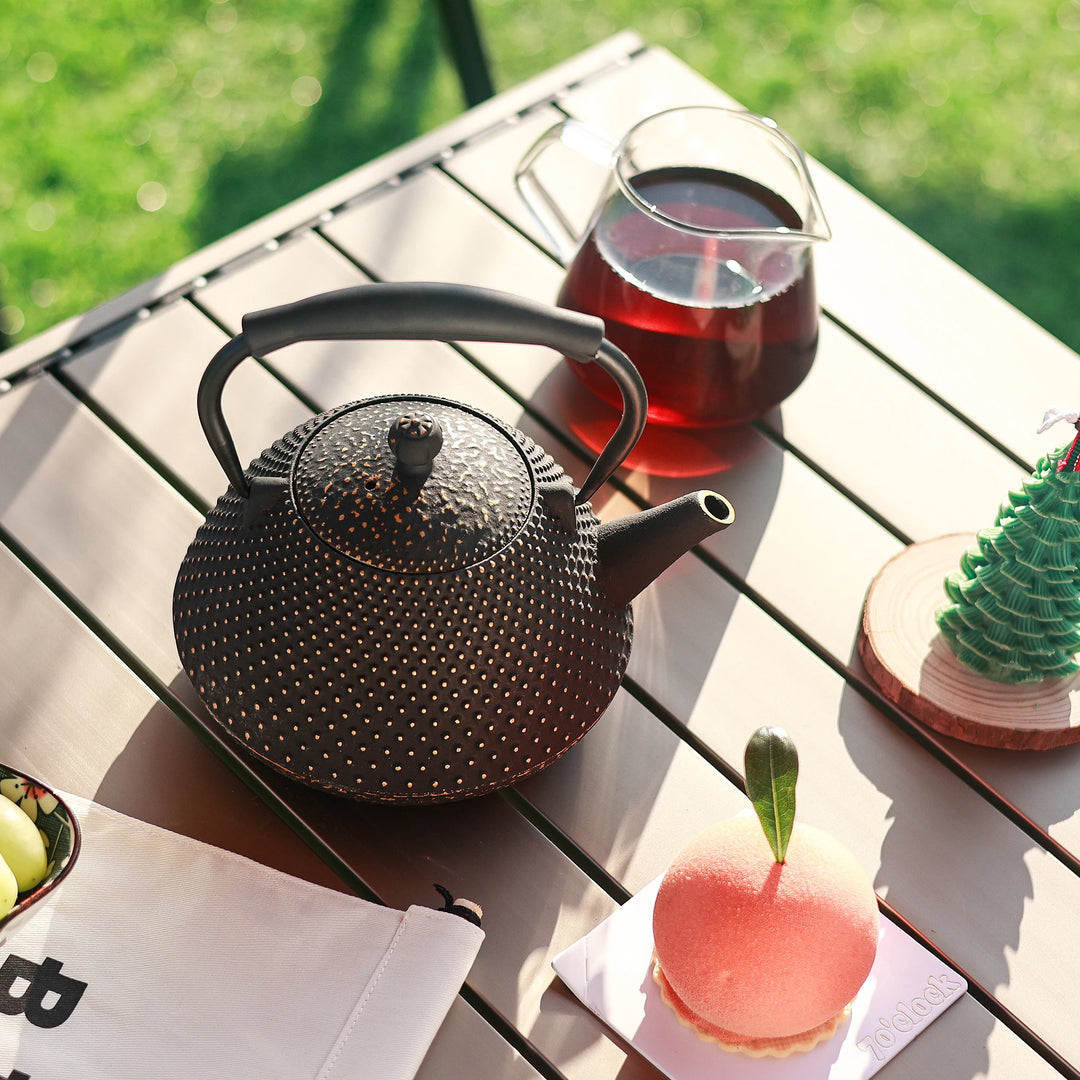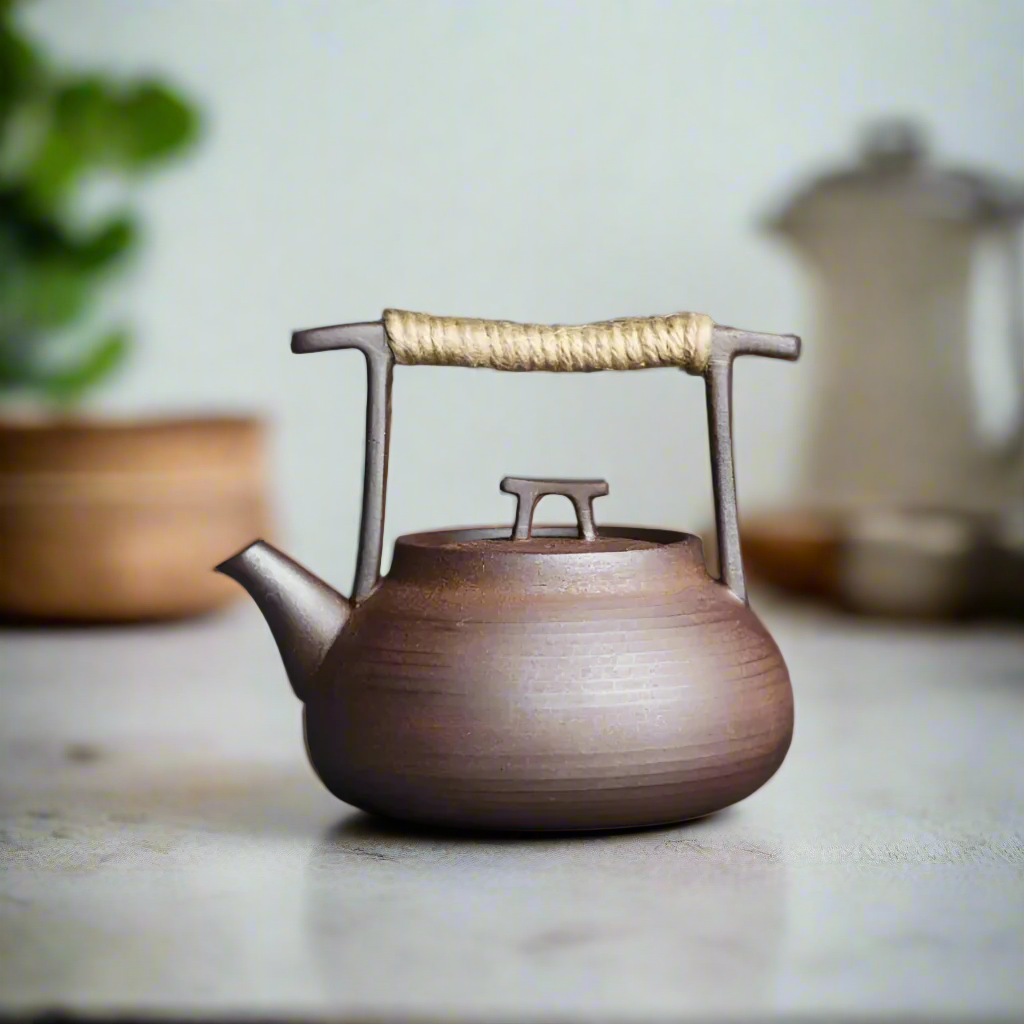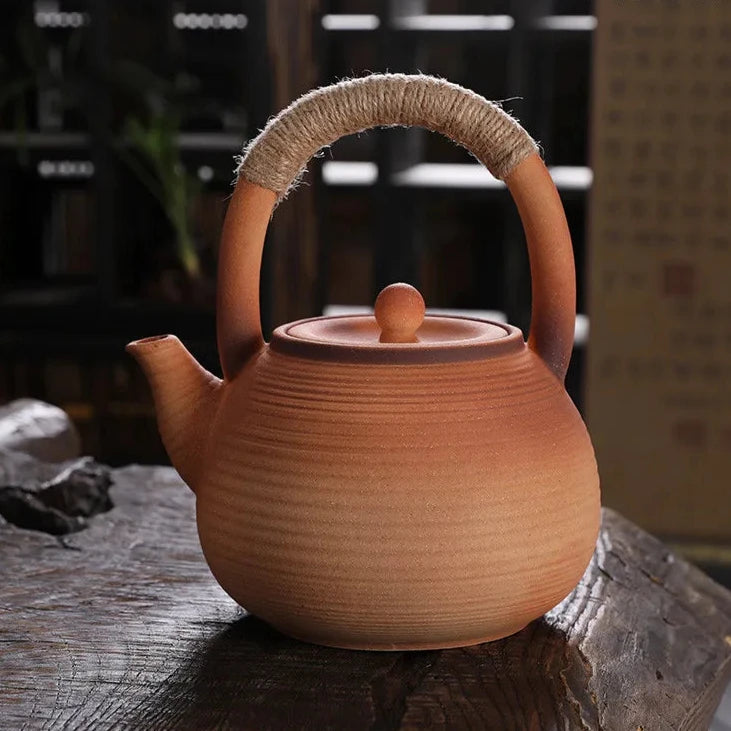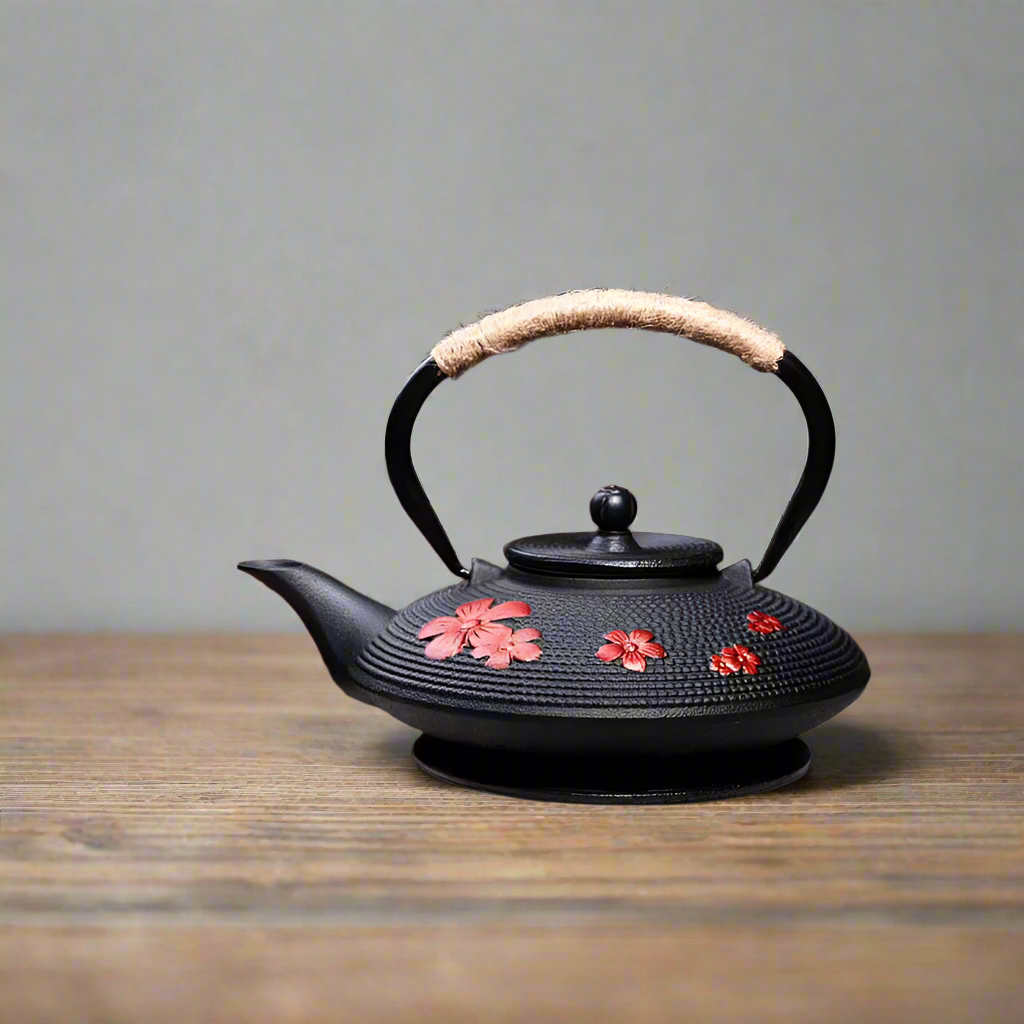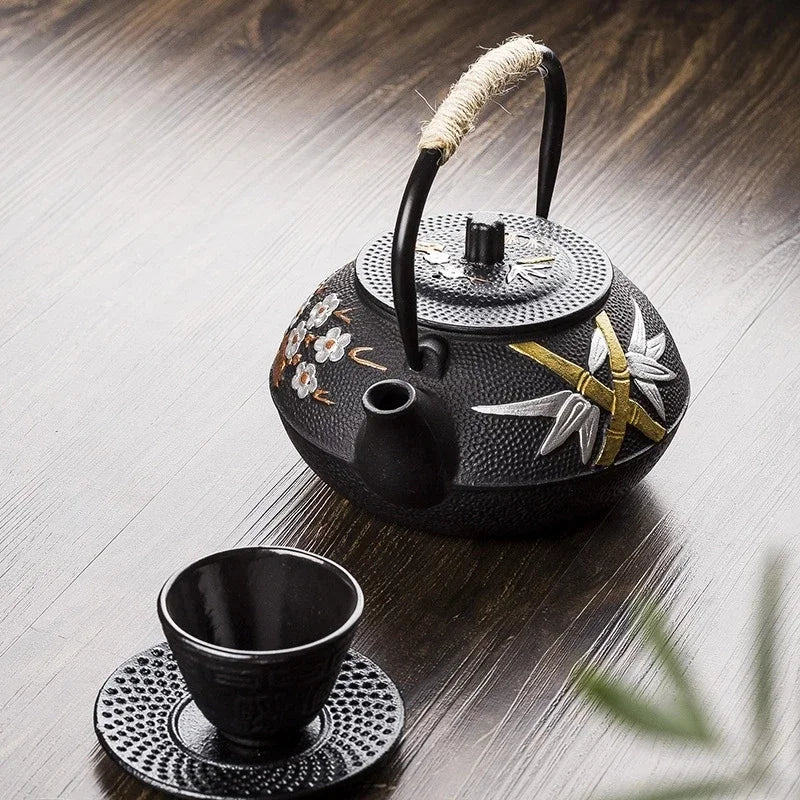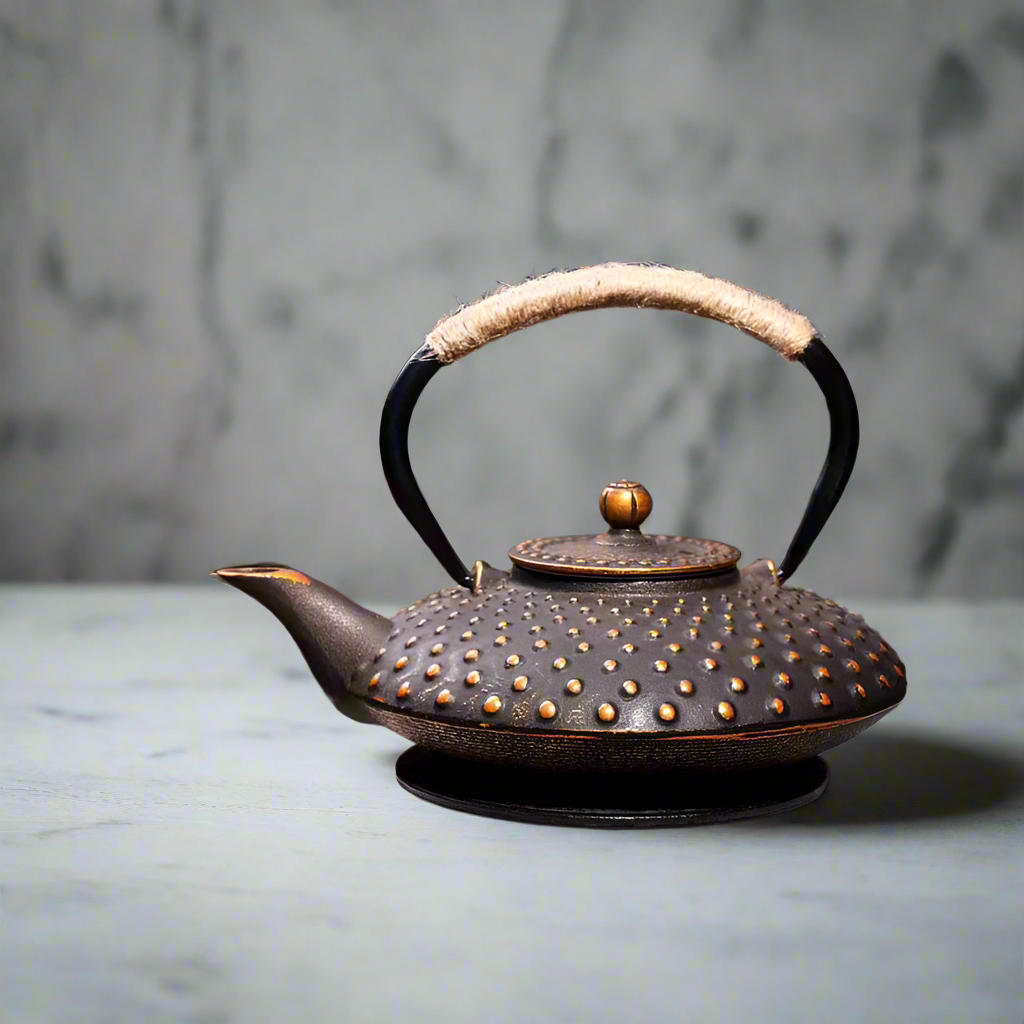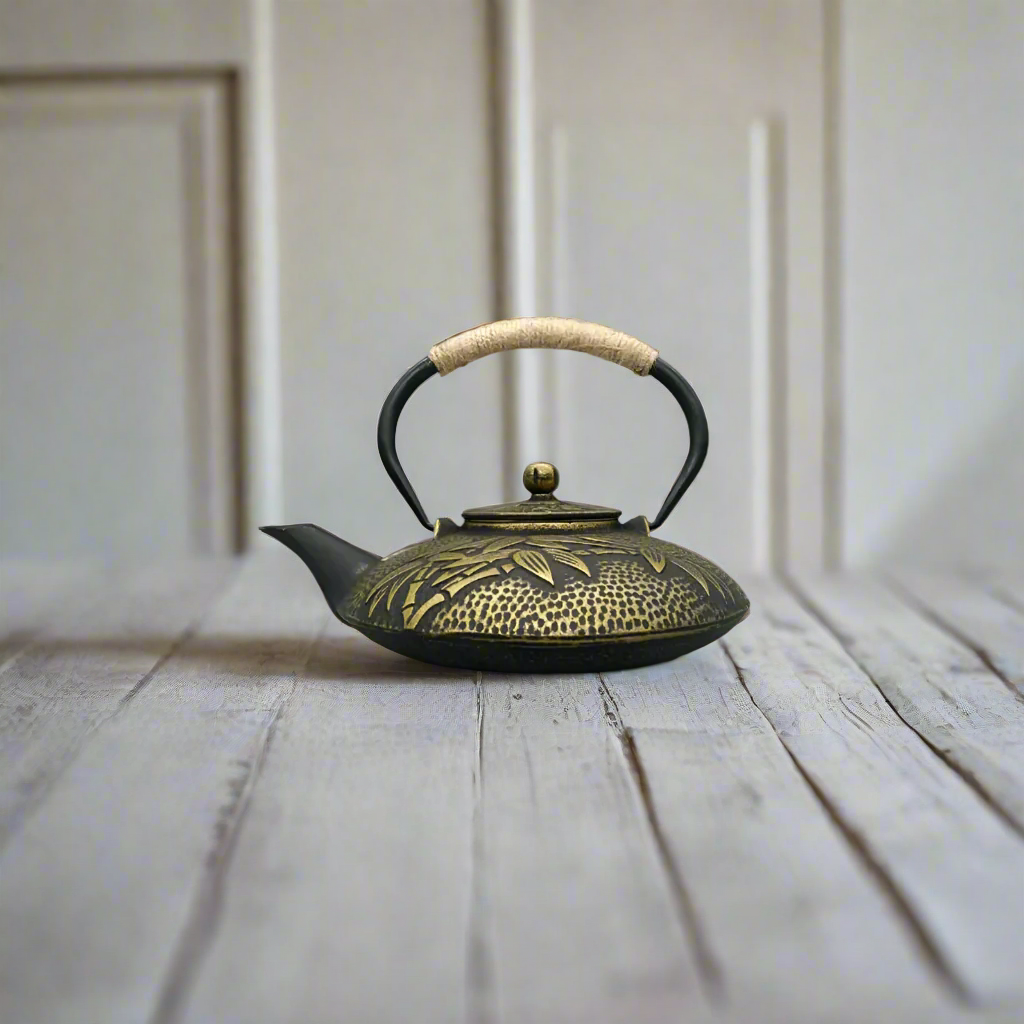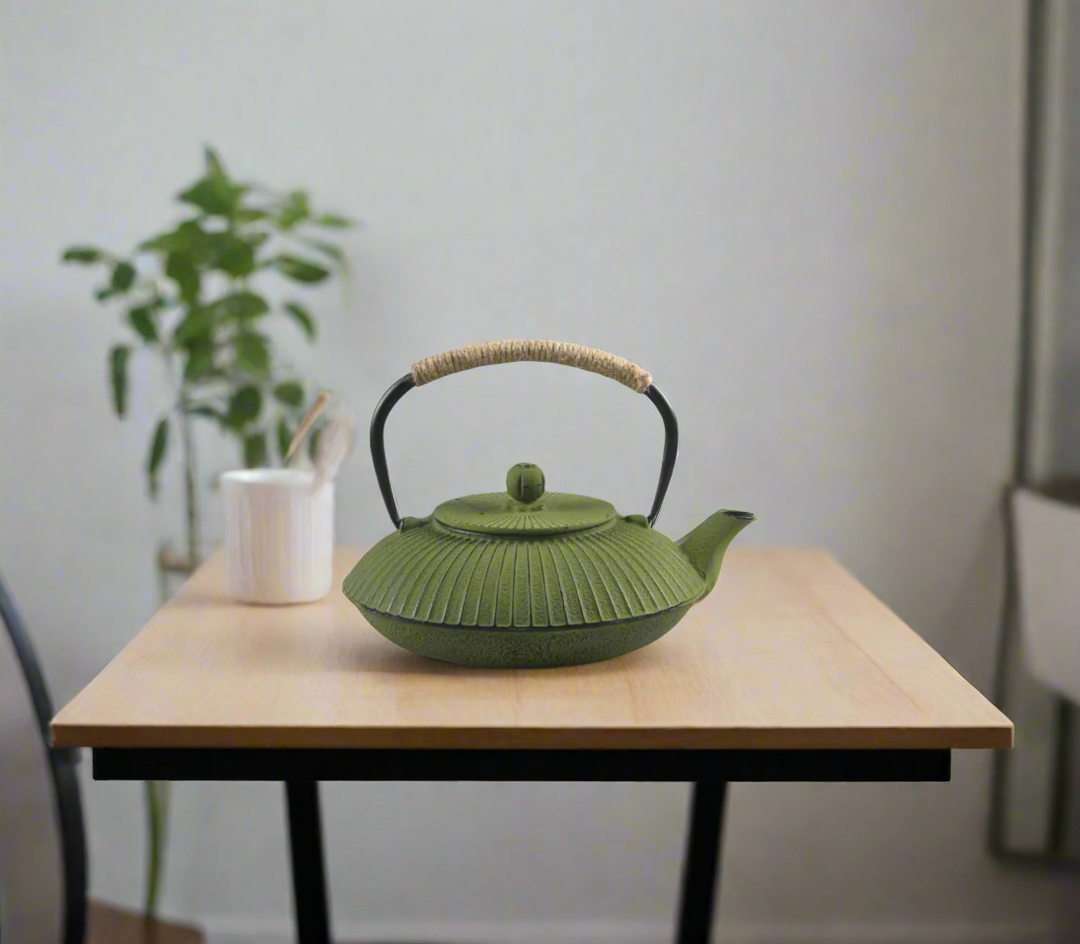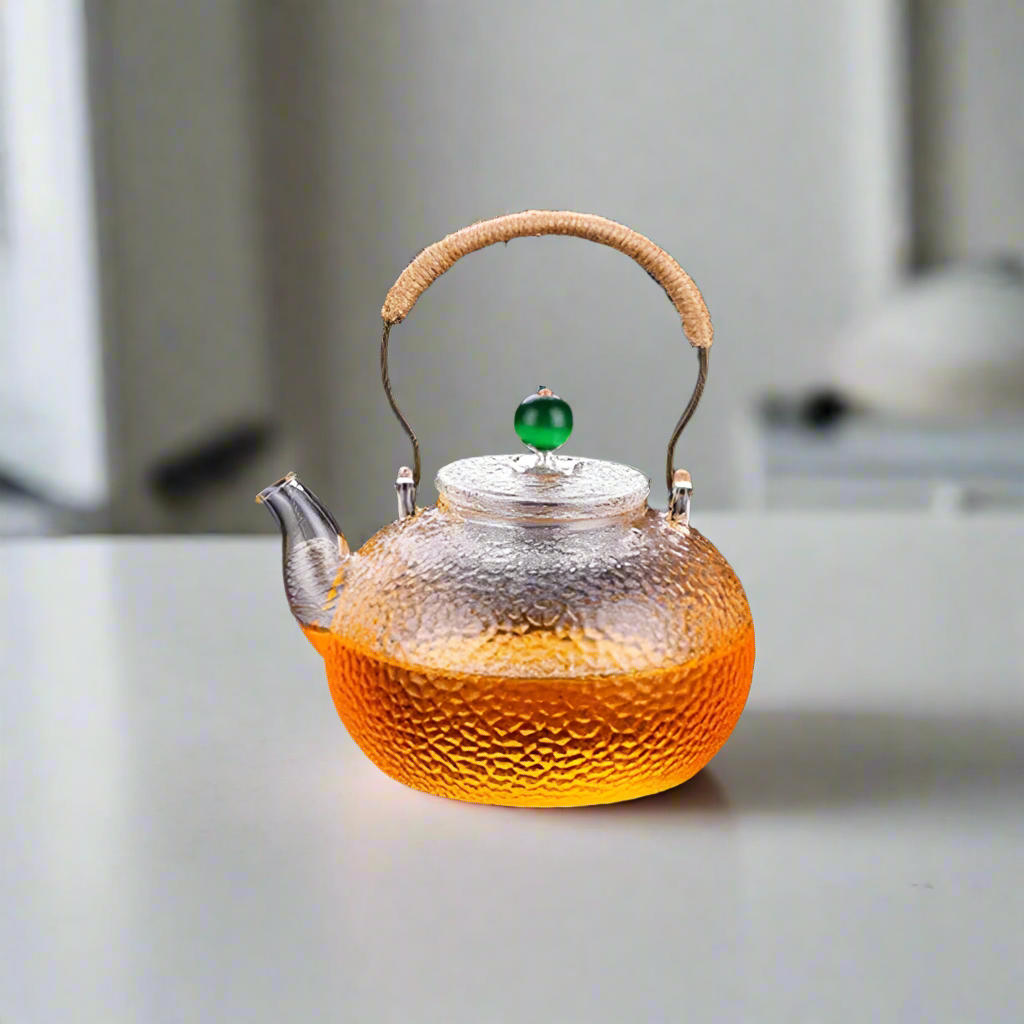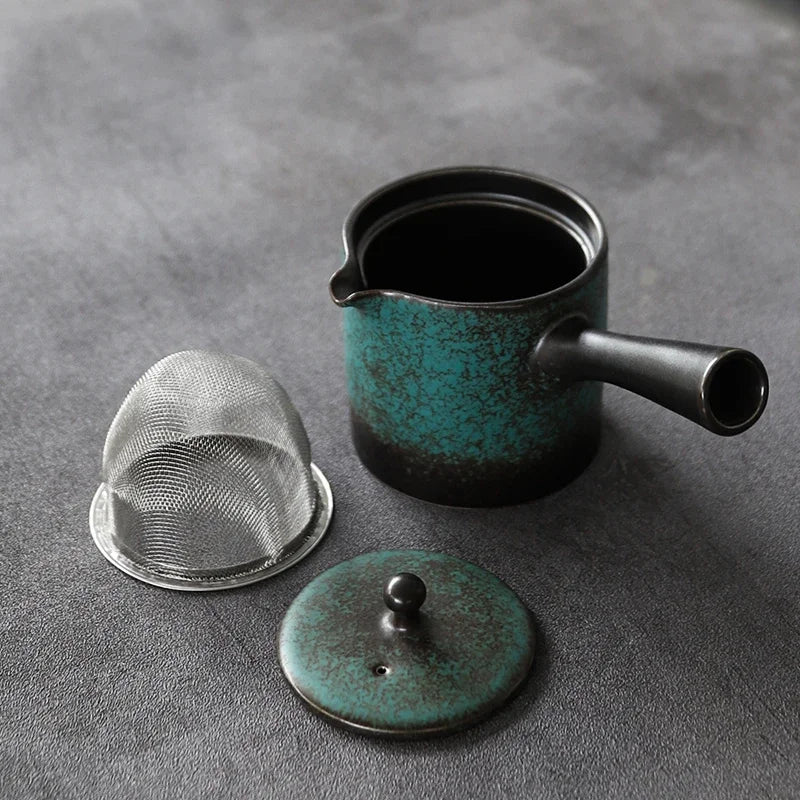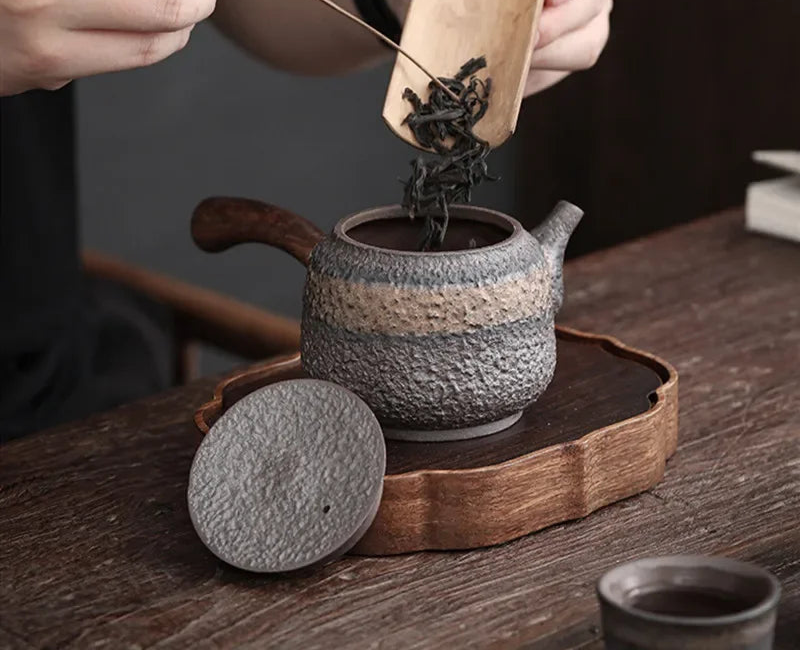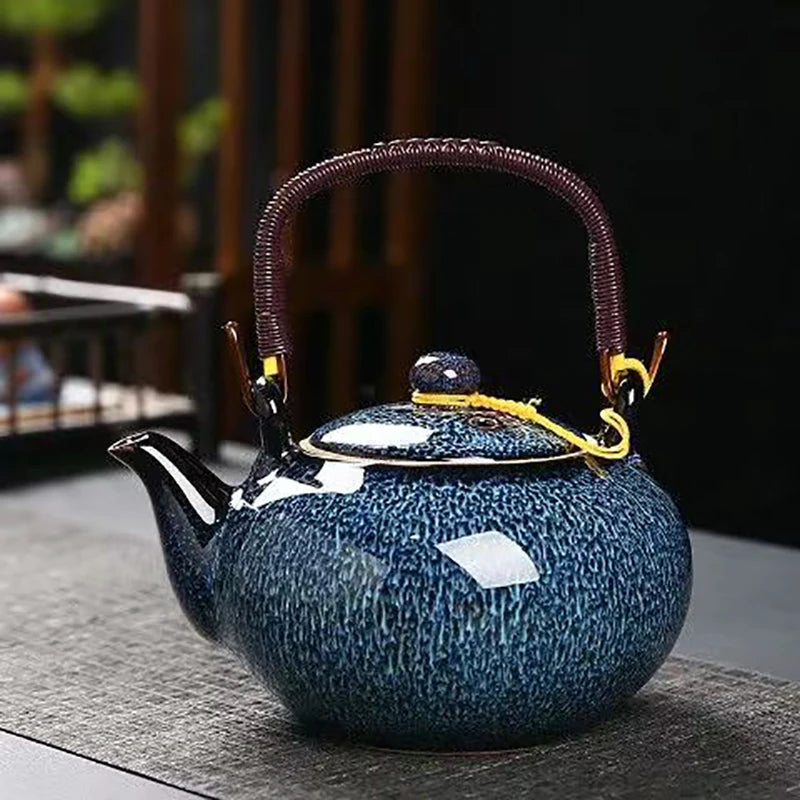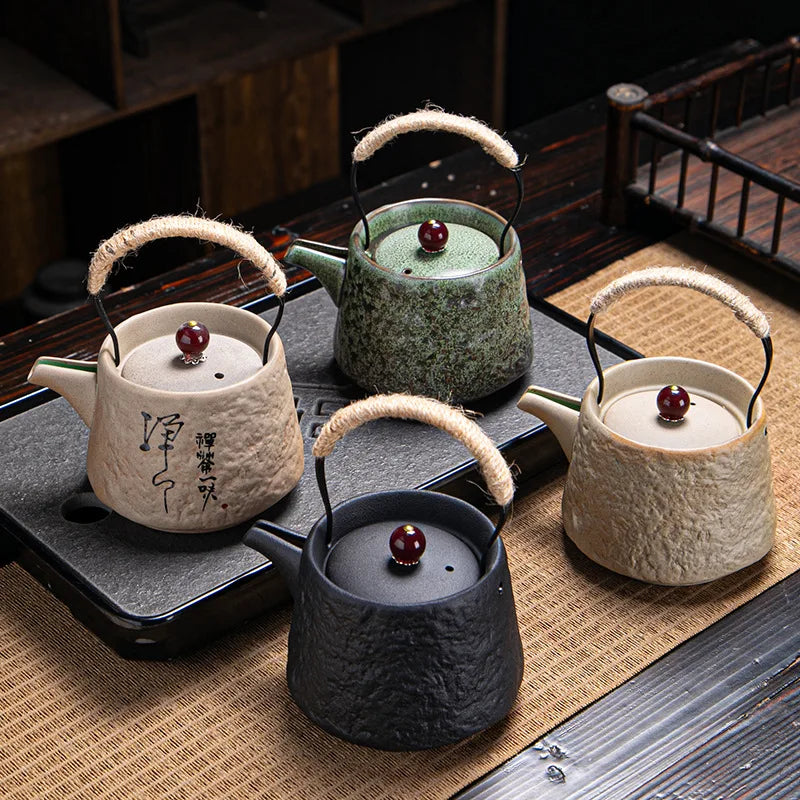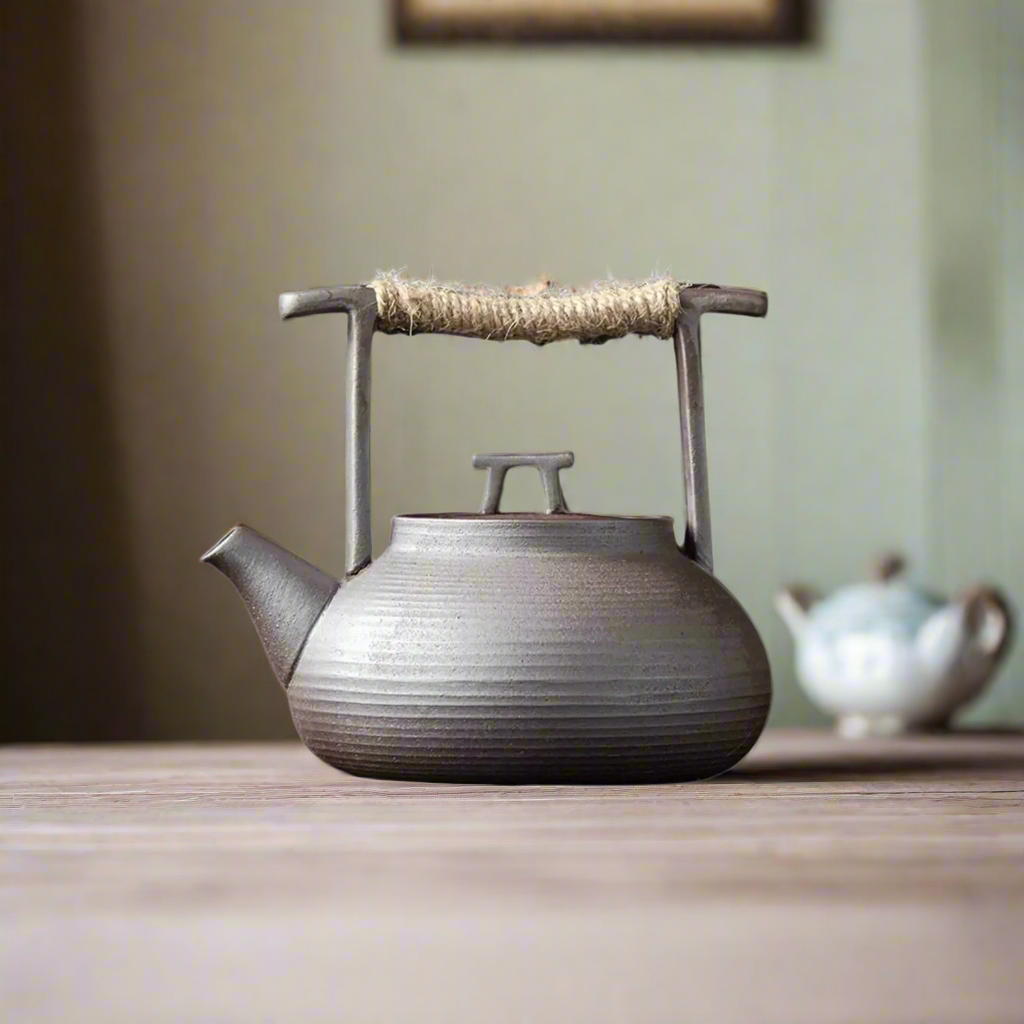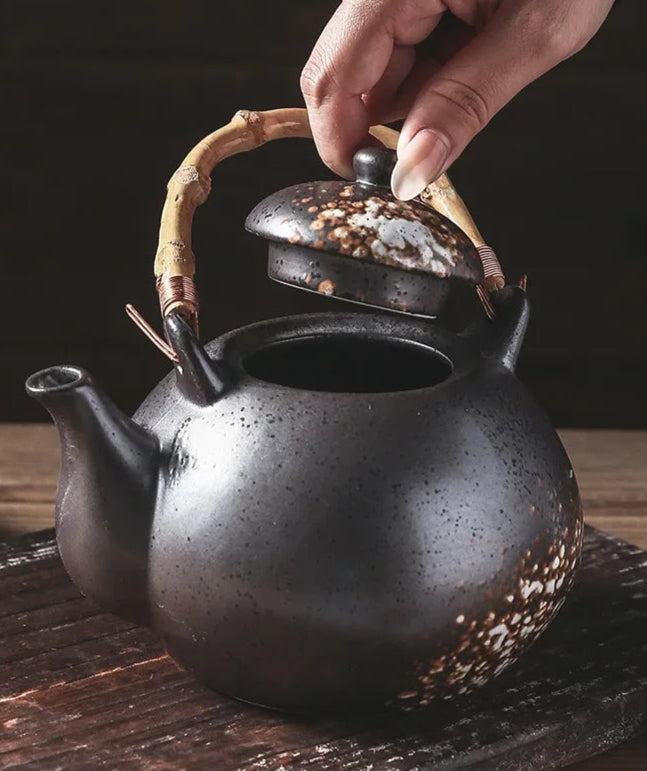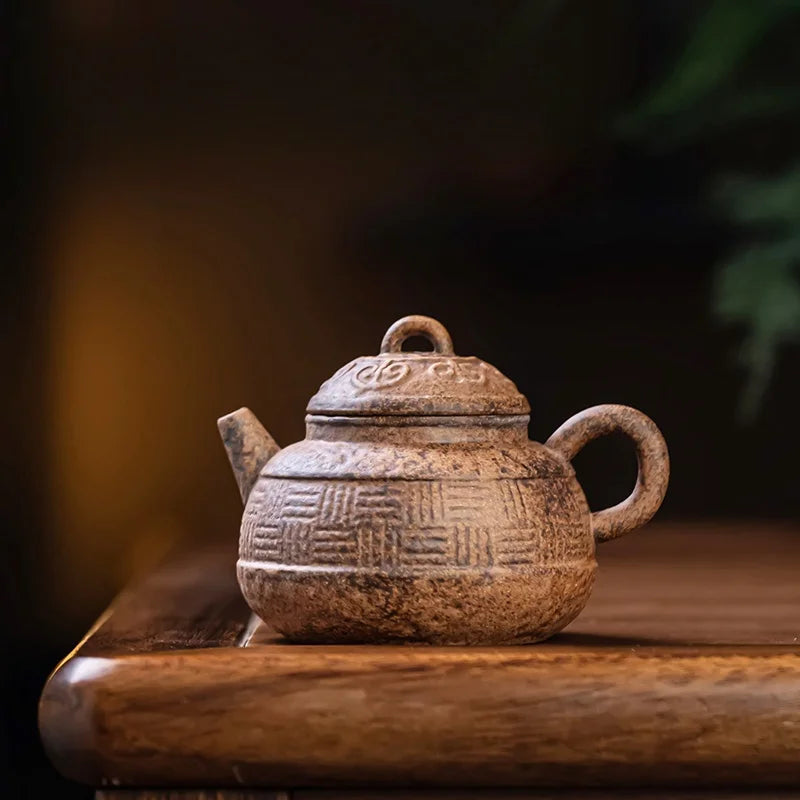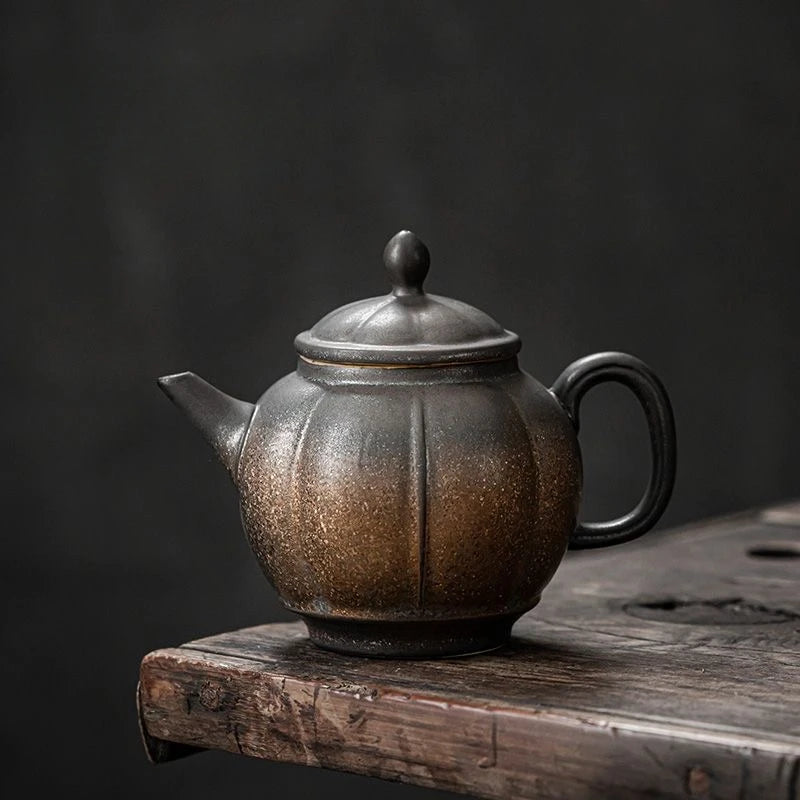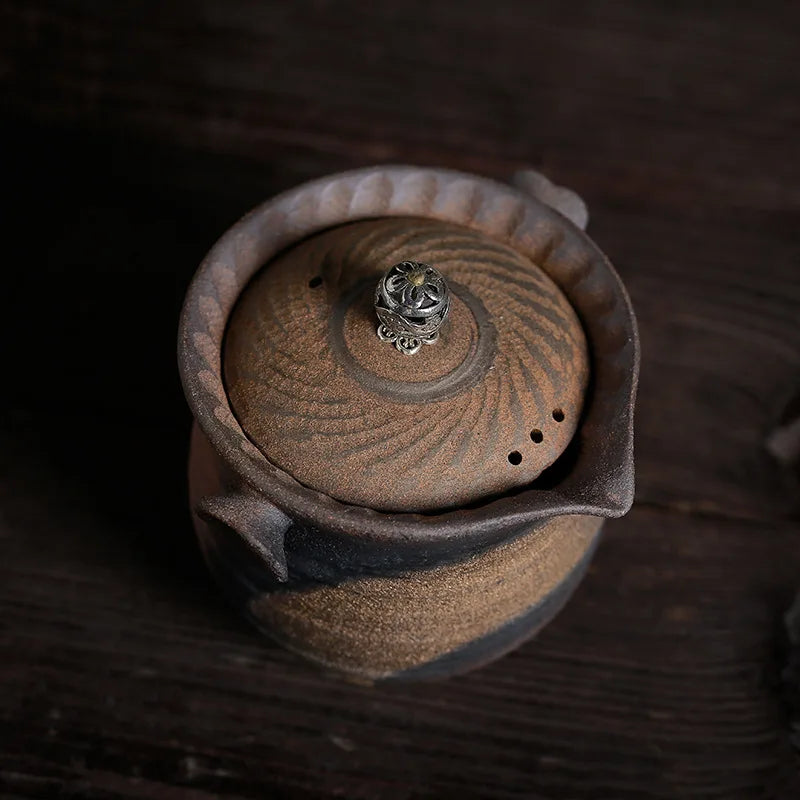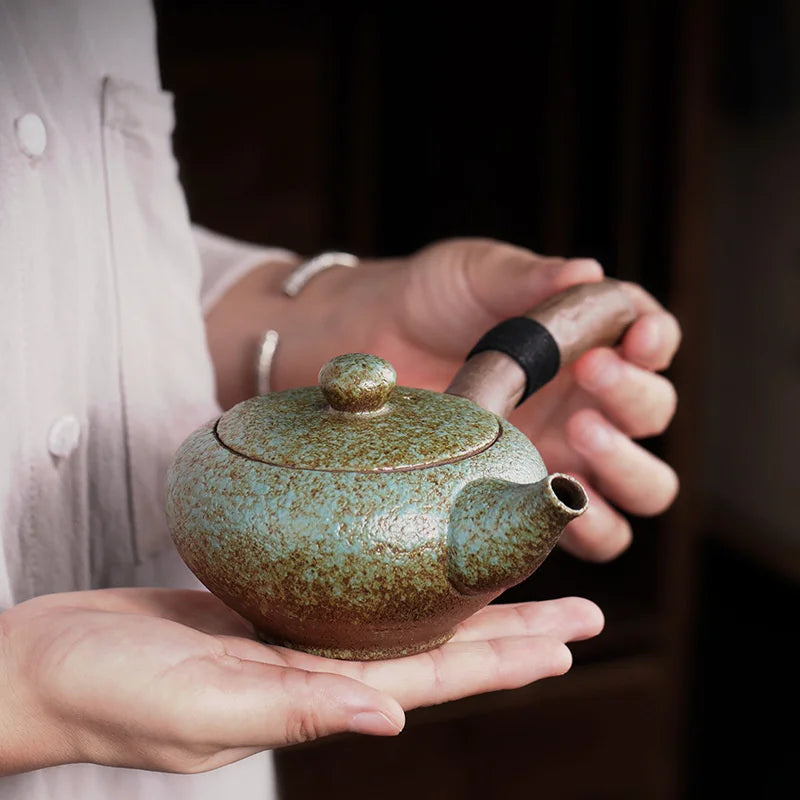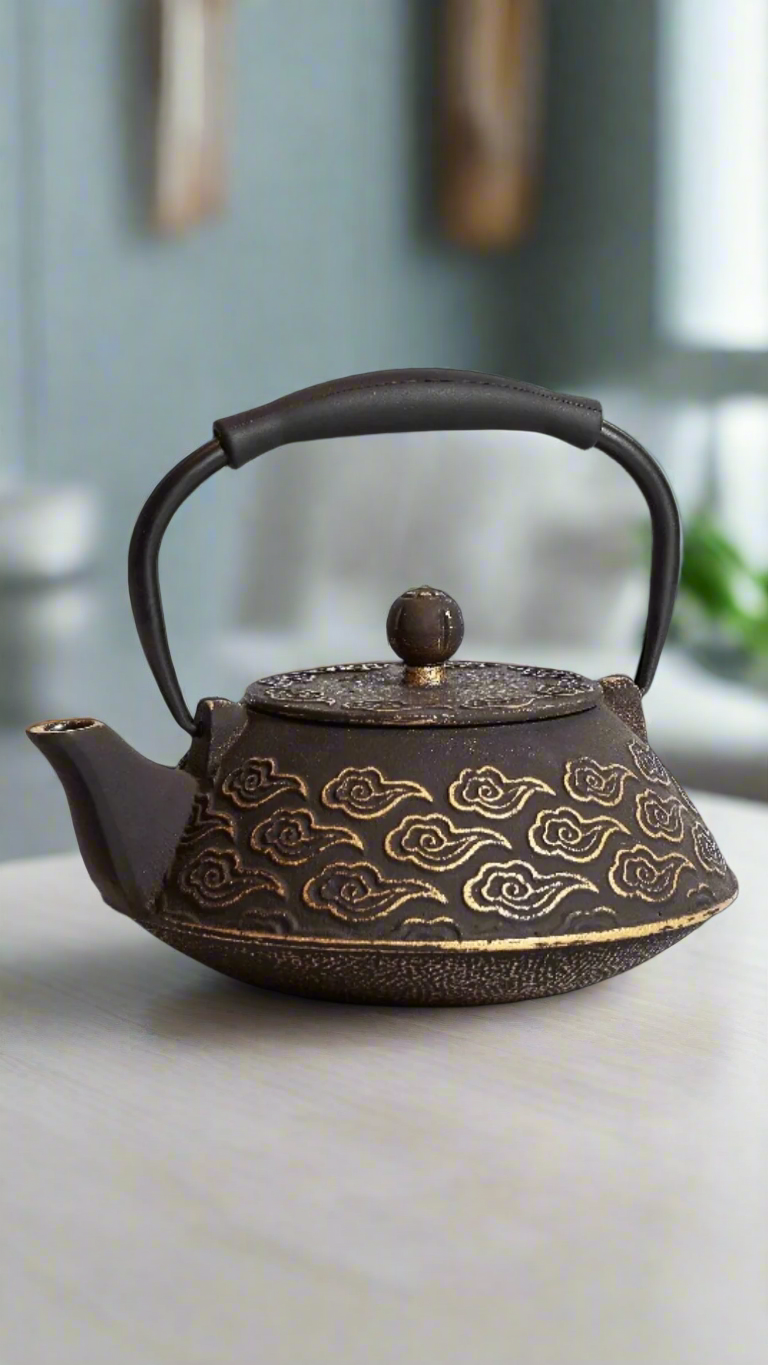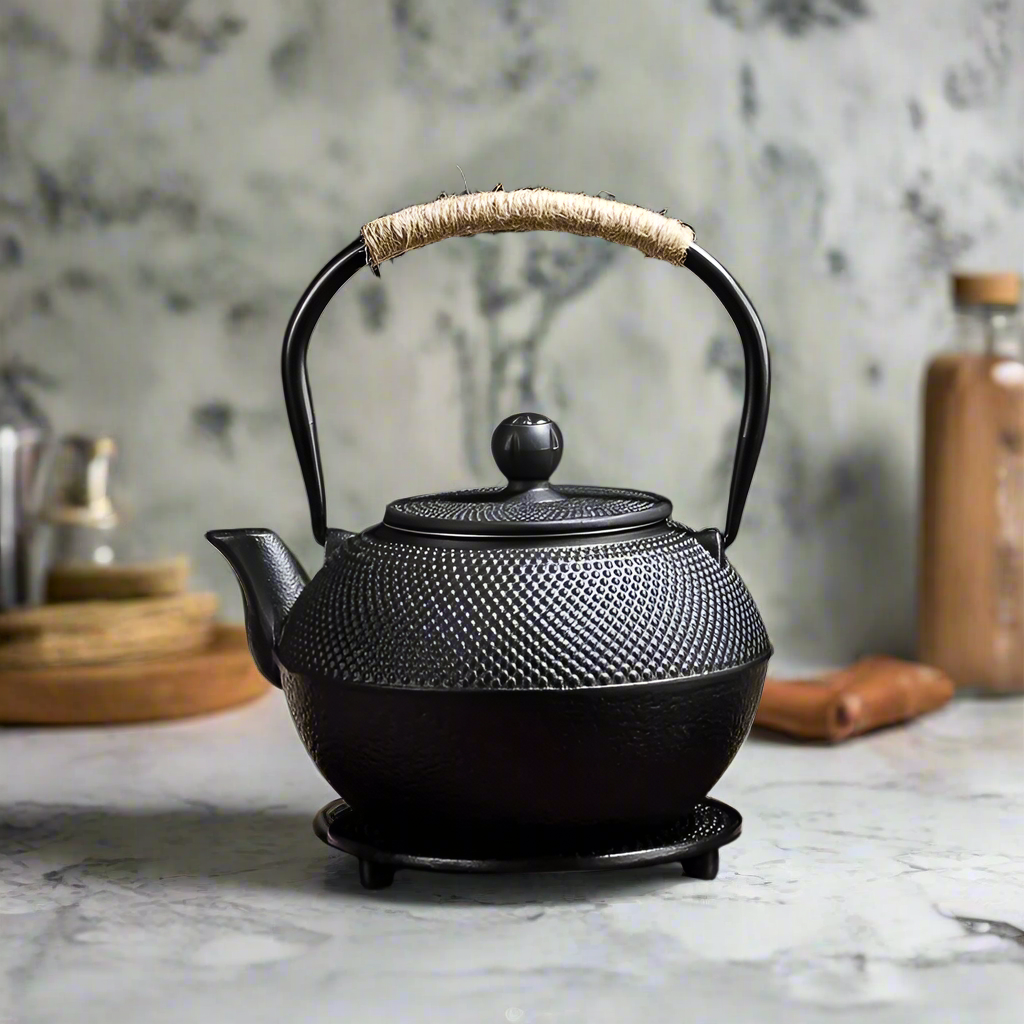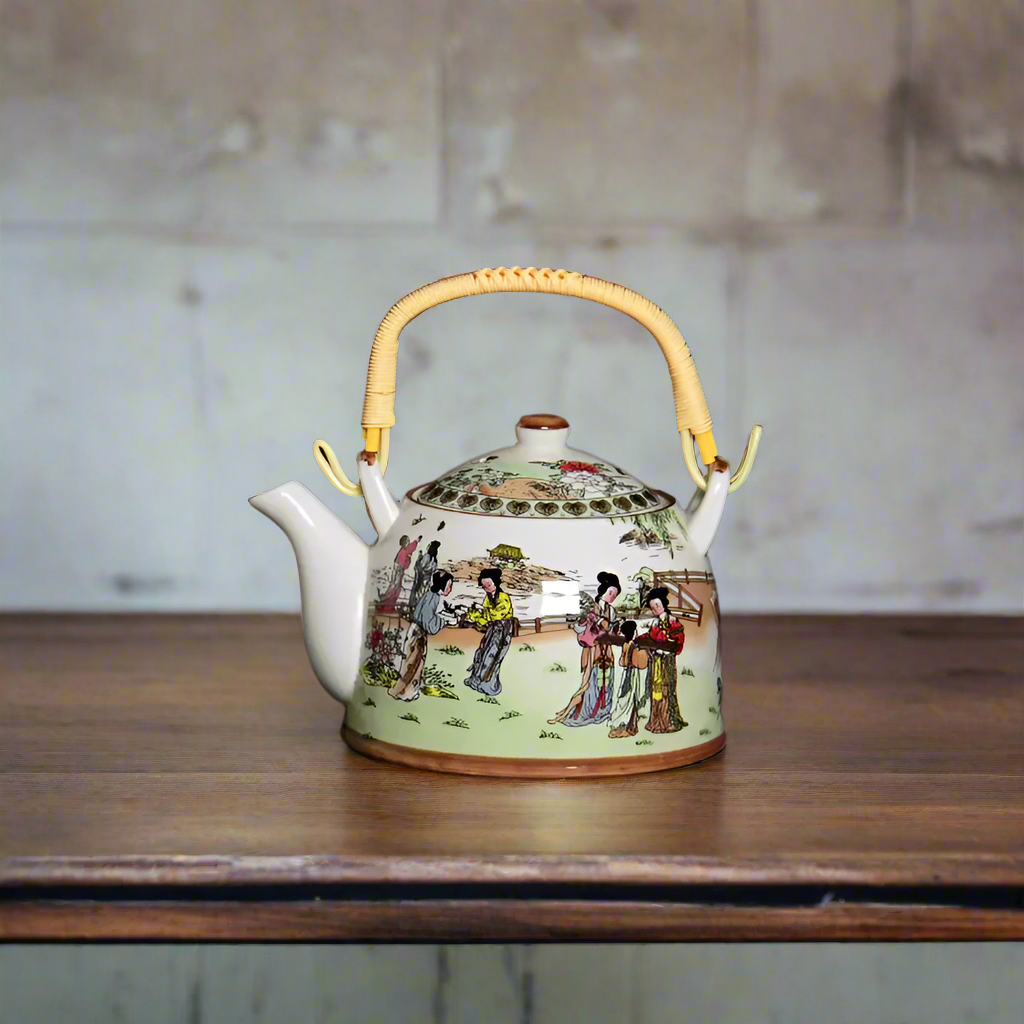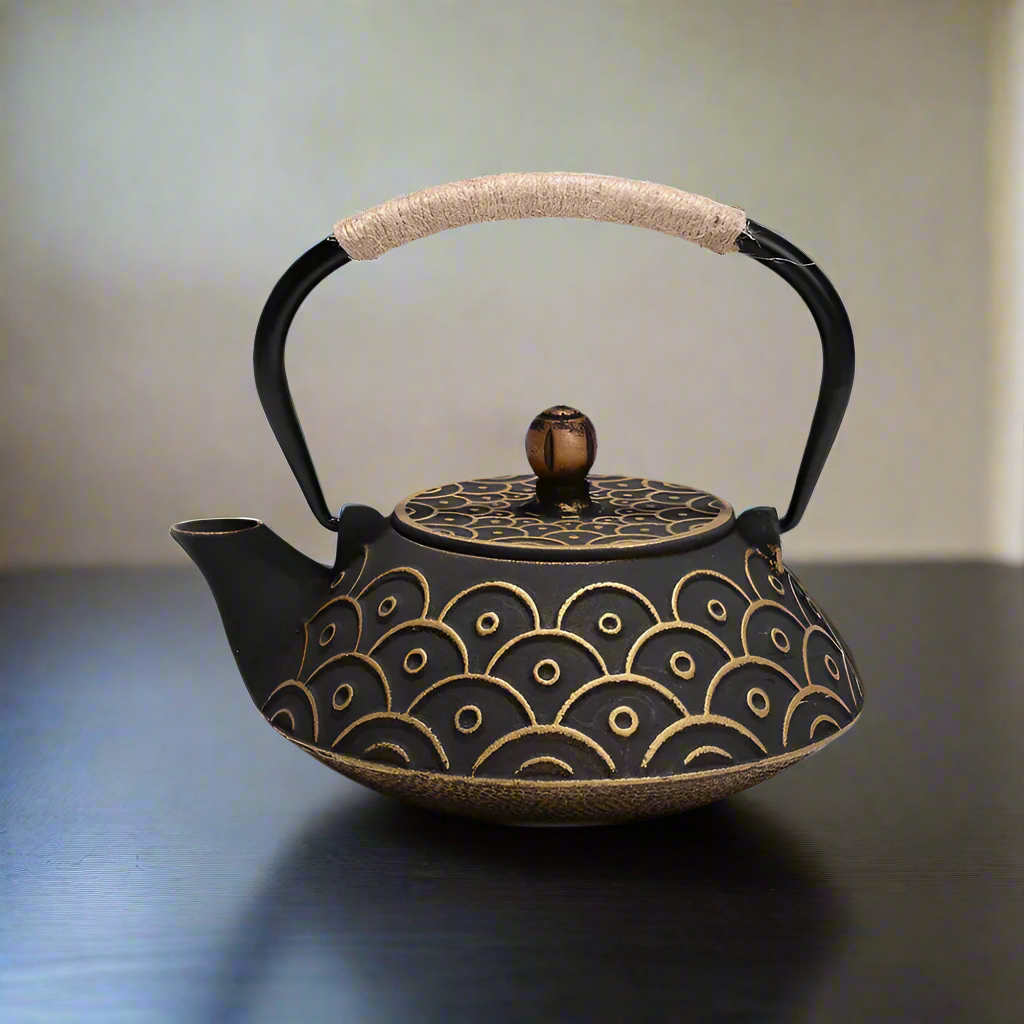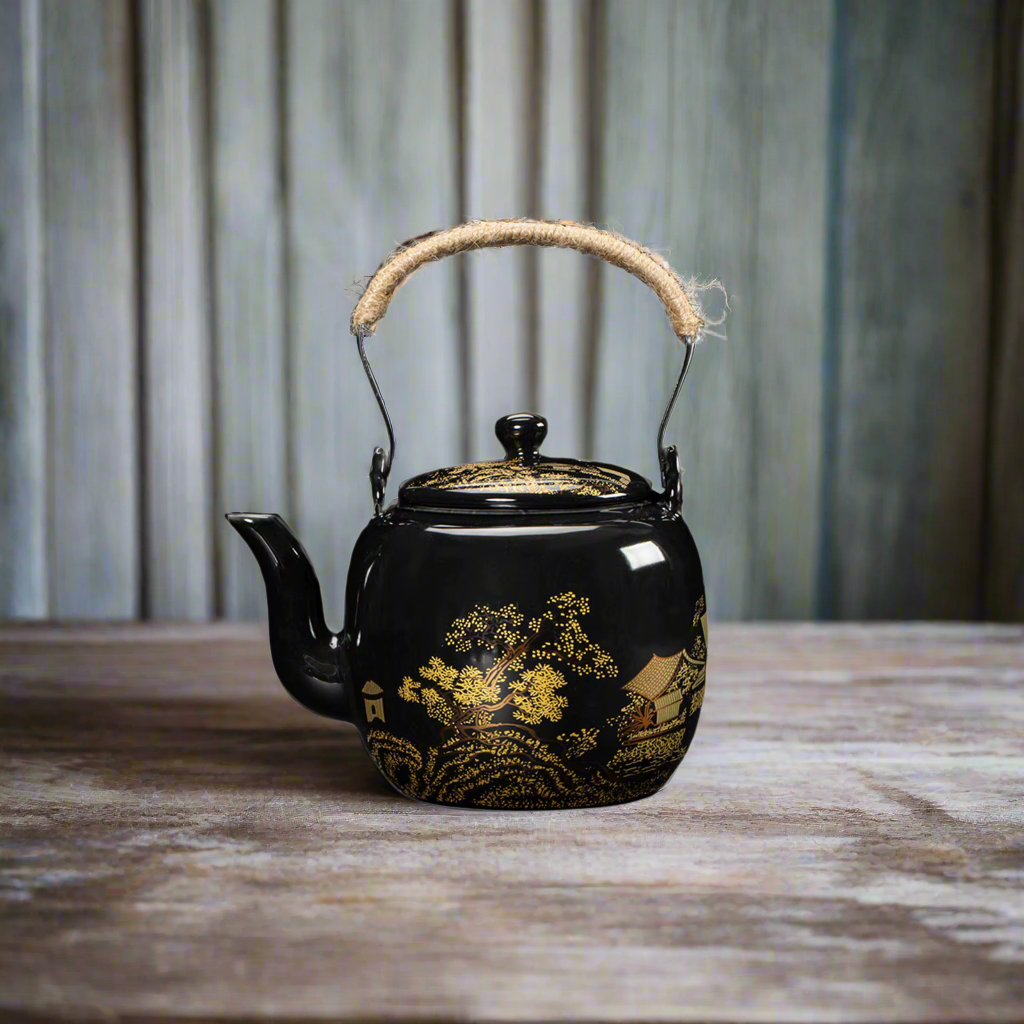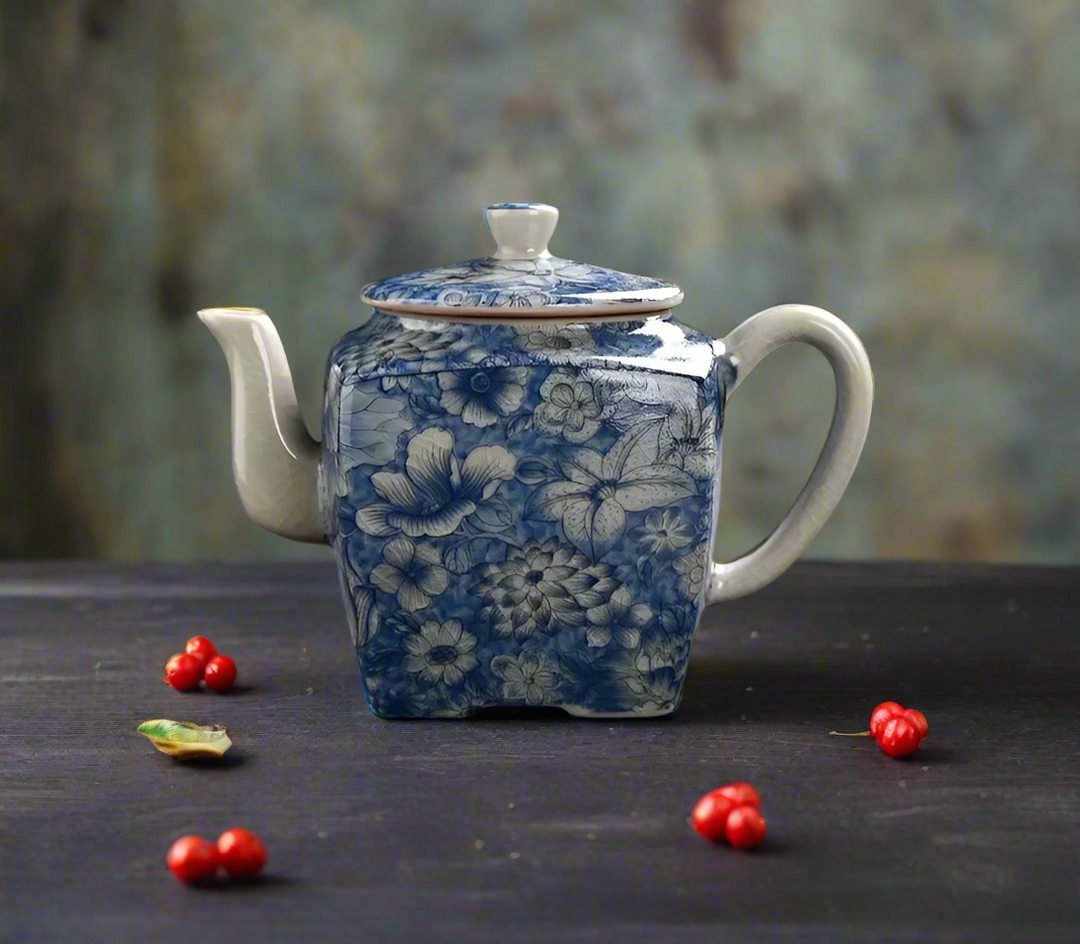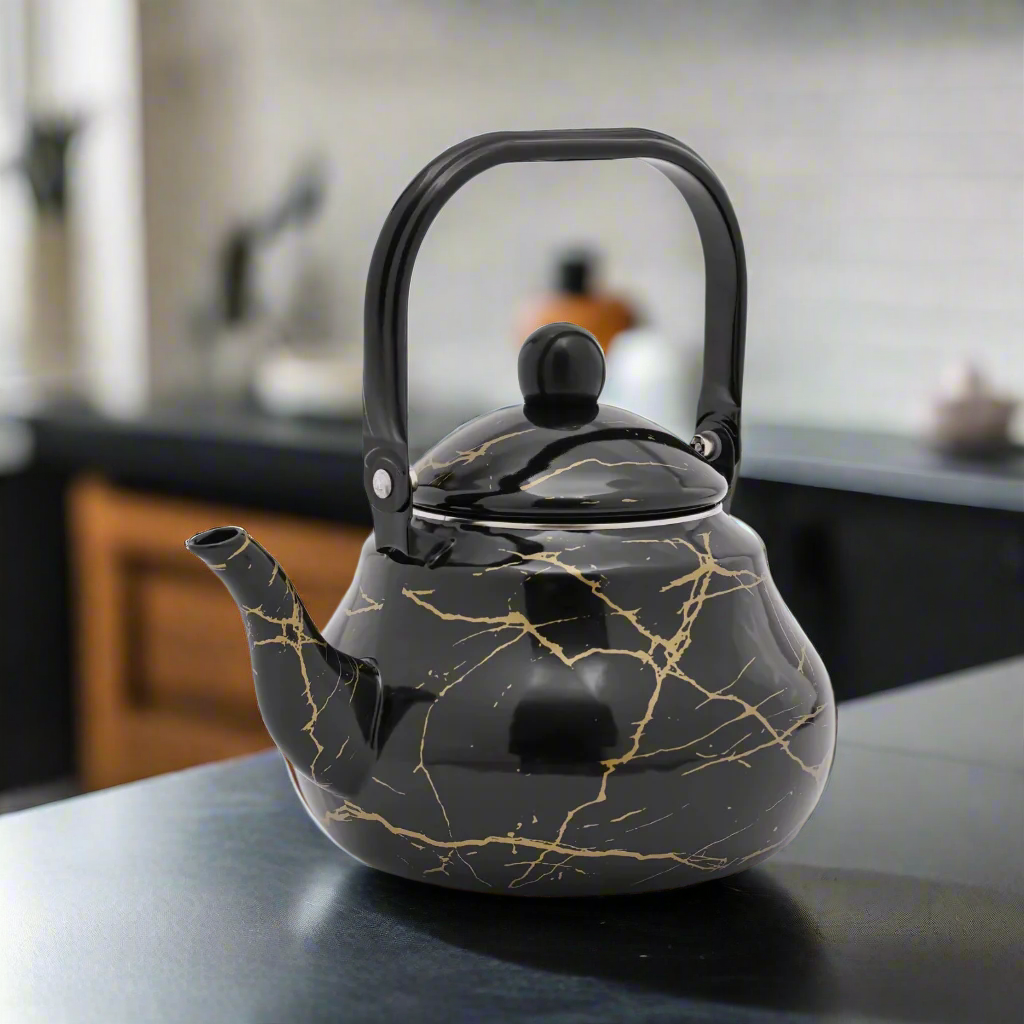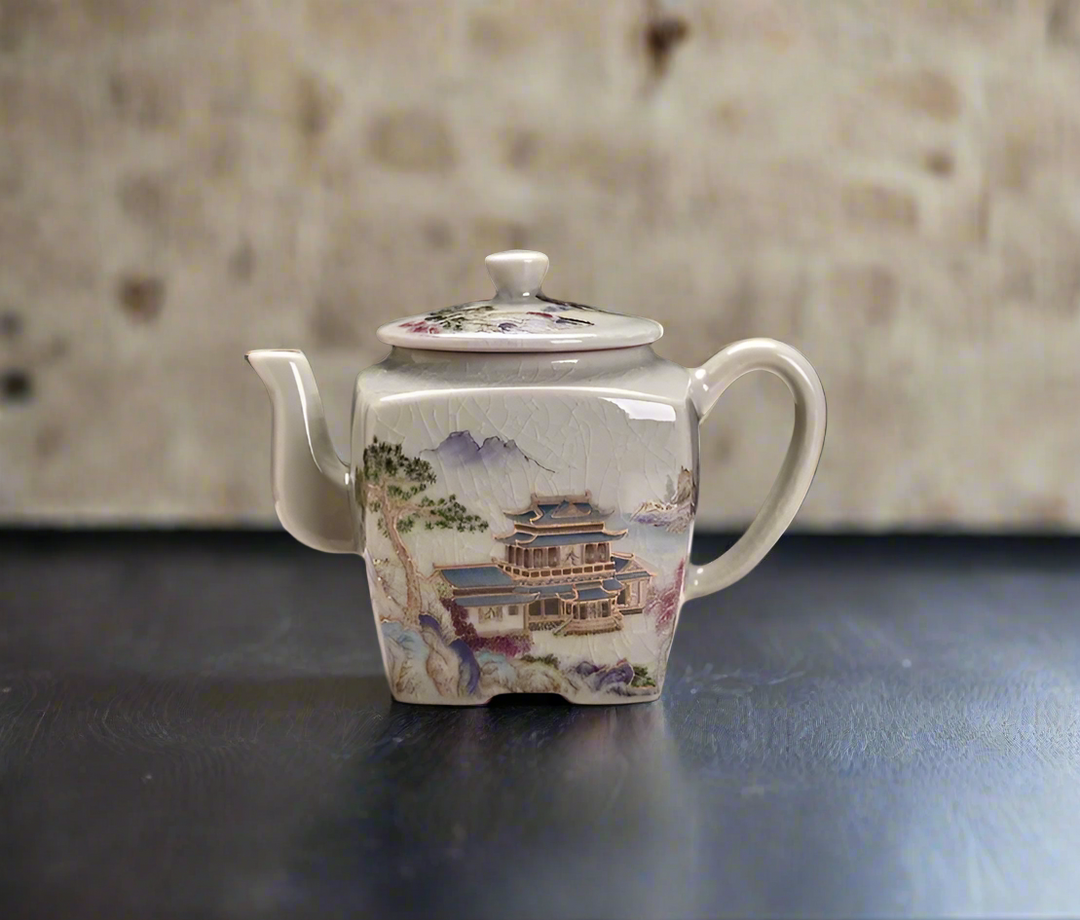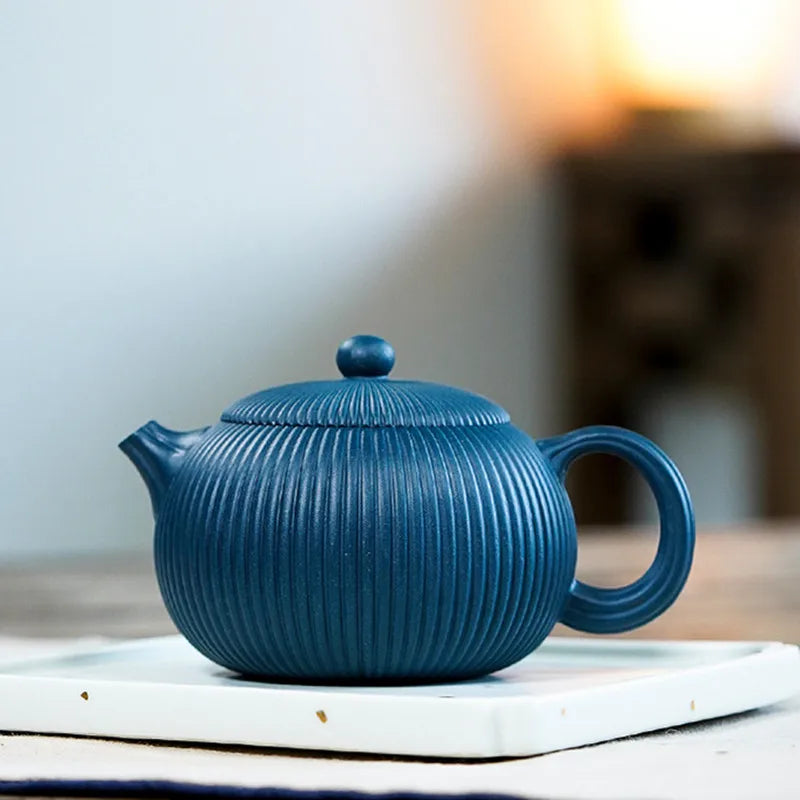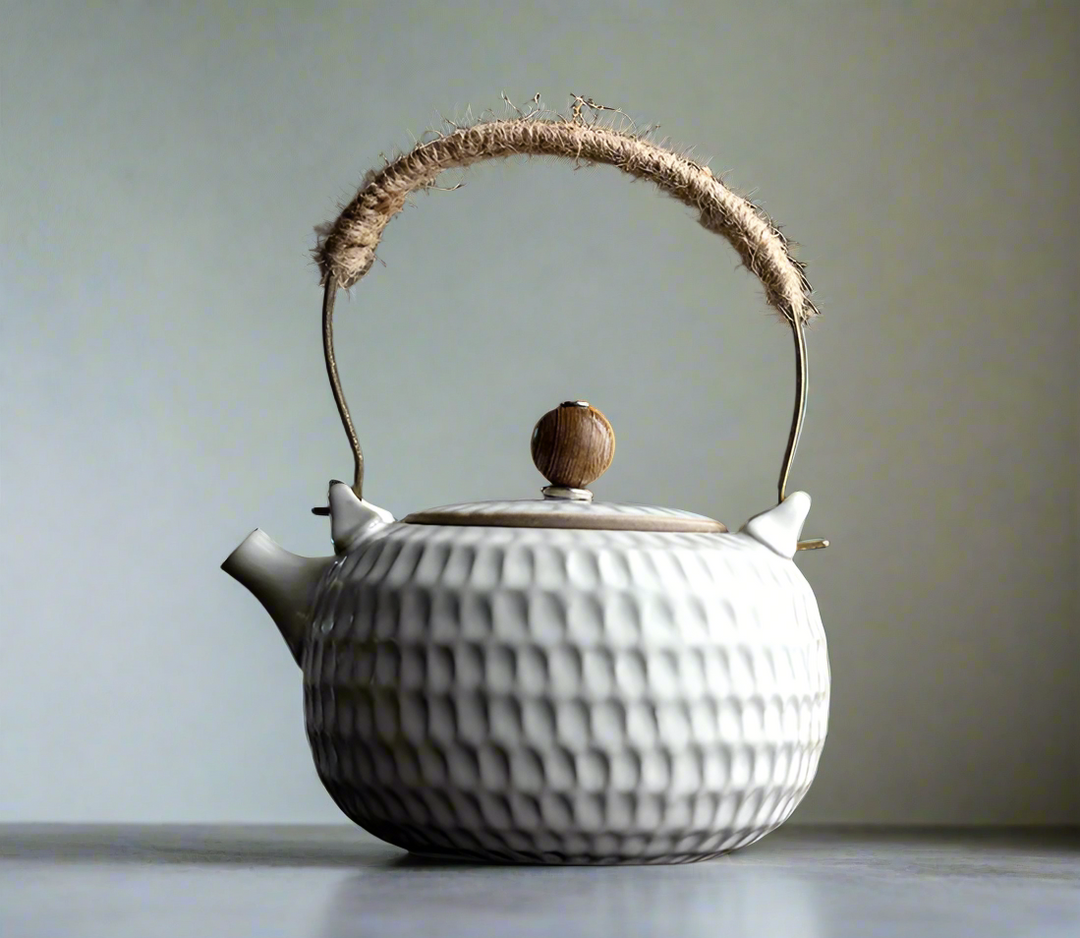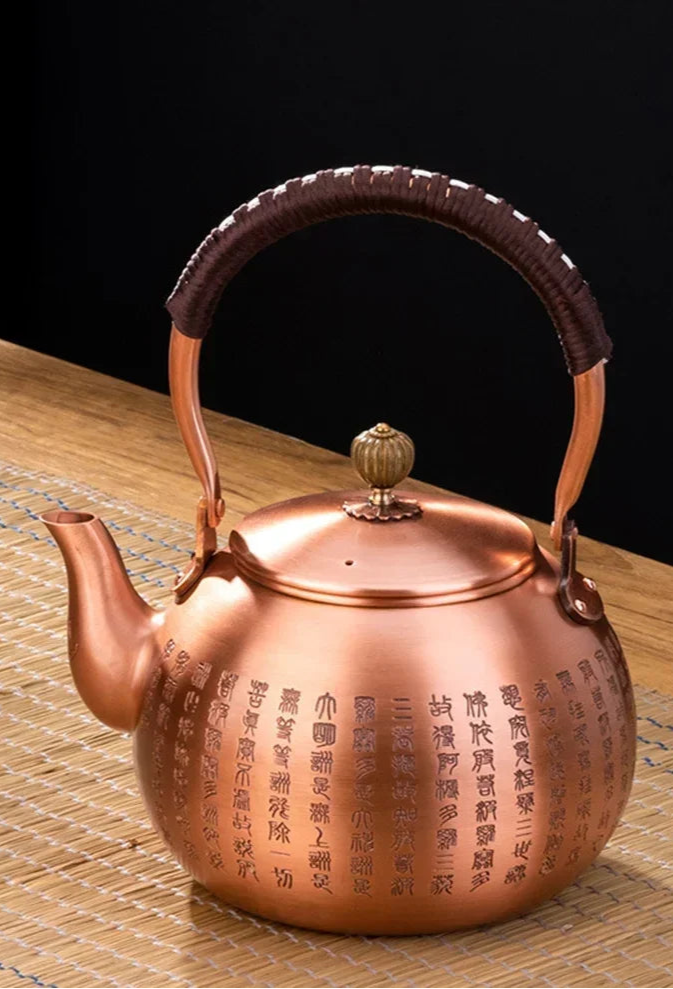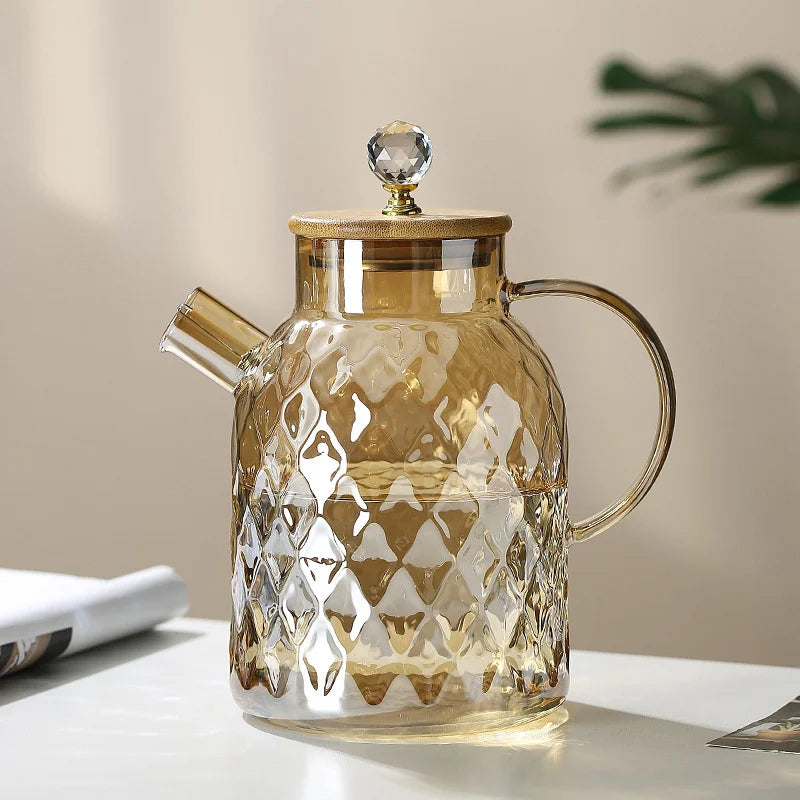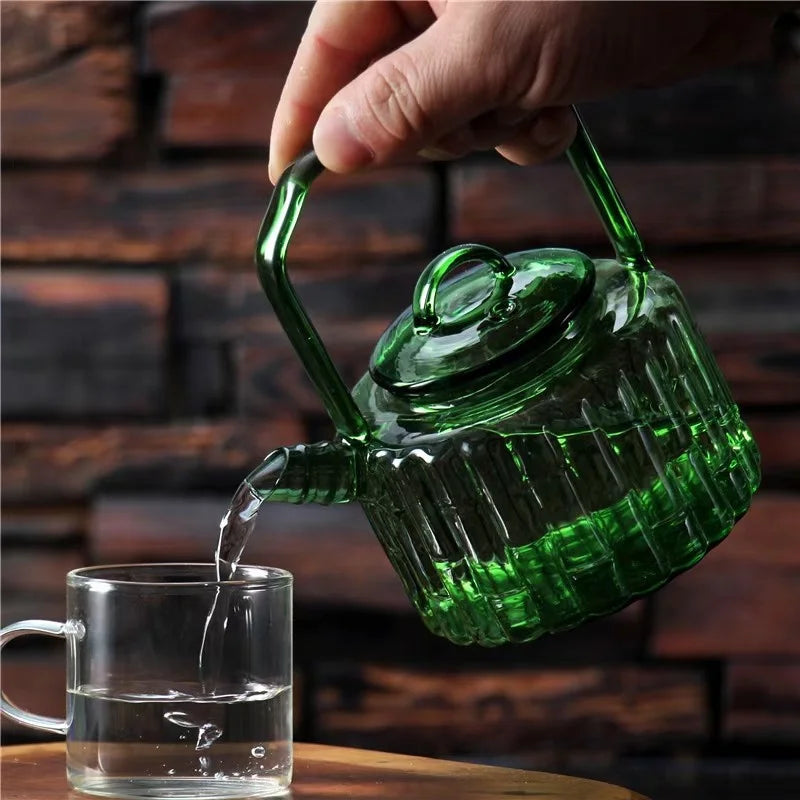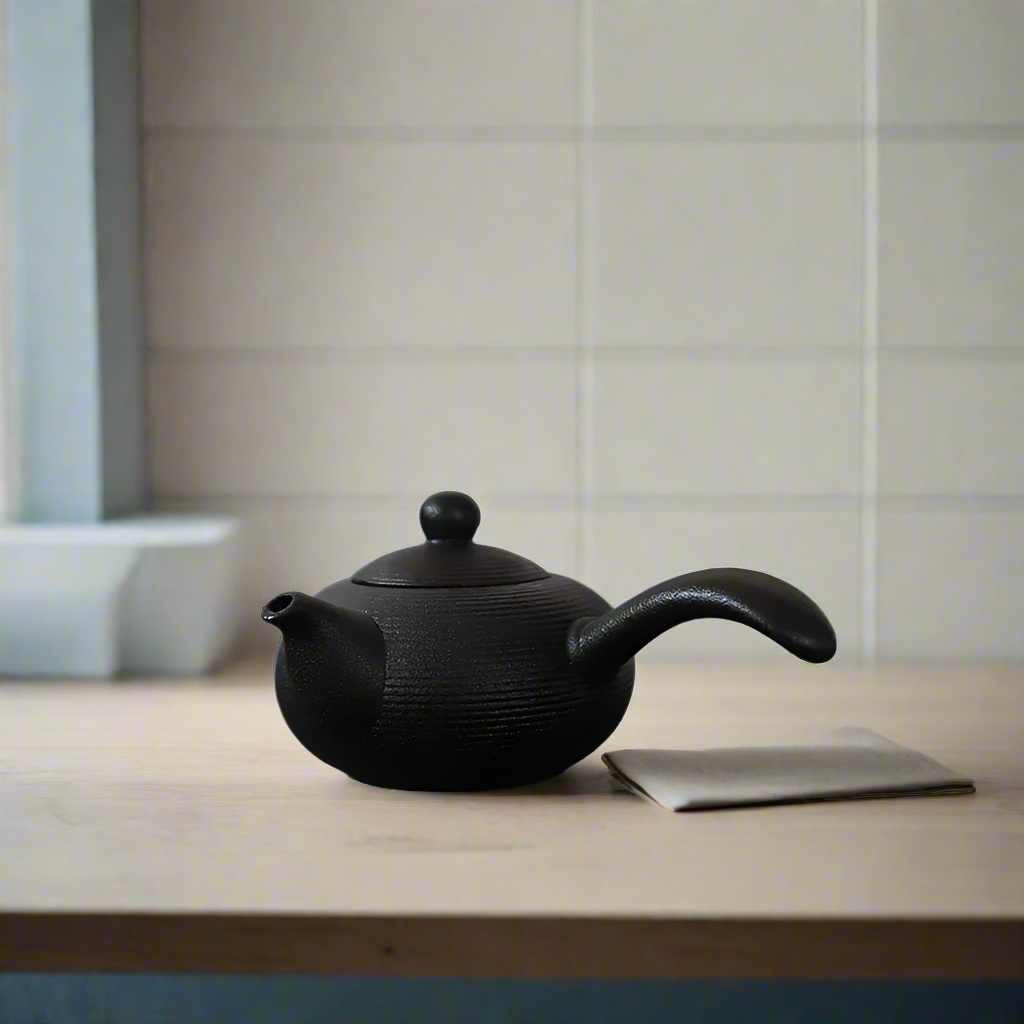The Japanese teapot is an important element of Japanese culture, part of the tradition of calm and serenity, a must-have for your home! To maintain a zen and peaceful home, you can enhance your items with our tea art collection and its multiple collections!
The cast iron teapot: a thousand-year-old Japanese tradition for authentic tasting!
Japanese cast iron teapots, also known as tetsubin, are high-quality handcrafted items with a long history in Japanese culture. They are prized for their beauty, durability, and ability to brew tea efficiently.
The cast iron teapot was first created in Japan in the 17th century and was used to heat water for tea. However, over time, it evolved into an object of art in its own right. These traditional teapots are made of wrought iron and are often adorned with intricate patterns and decorations.
Crafting a Japanese cast iron teapot is a complex process that involves several steps. First, the iron is heated to a high temperature and hammered by hand to form the base of the teapot. Next, layers of enamel are applied to protect the interior of the teapot from corrosion and make it easier to maintain. Finally, decorations and patterns are added to give each teapot its own unique character.
One of the benefits of using a Japanese cast iron teapot is that it retains heat well. Thanks to their thickness and cast iron construction, these specific teapots can keep water hot for several hours, allowing you to prepare several cups of tea in a row without needing to reheat the water. This ability to retain heat also makes tetsubin ideal for the winter months, when a hot cup of tea can provide extra comfort.
In addition to their ability to retain heat, tetsubin are also prized for their durability. Made from high-quality materials, they can last for decades, even centuries, if properly cared for. Indeed, the enamel applied to the interior of the teapot helps prevent corrosion, while cast iron is naturally resistant to rust and wear.
Using a Japanese cast iron teapot can also enhance the taste of your tea. Cast iron retains heat well, allowing for a slower brewing process, allowing the tea's aromas and flavors to develop more fully. Additionally, the enamel on the inside of the teapot ensures a smooth surface, preventing tea residue from accumulating and altering the tea's flavor.
Finally, Japanese cast iron teapots have become a collectible for many tea lovers. Due to their beauty and history, tetsubin are often considered works of art in their own right, and are thus displayed in museums and art galleries.
In conclusion, the Japanese cast iron teapot, or tetsubin, is a high-quality handcrafted item that combines beauty, durability, and effective tea brewing. Thanks to their ability to retain heat, their cast iron construction, and their protective enamel, tetsubin can last for decades while enhancing the taste of tea. Their intricate manufacturing process involves traditional forging and decorating techniques, which gives them a unique aesthetic. As a collectible, tetsubin represent a cultural and historical link to Japanese tea tradition. If you're looking to add a touch of beauty and quality to your tea ritual, a Japanese cast iron teapot is an excellent choice.
The different types of Japanese teapots: from classic designs to contemporary styles!
Japanese tea service is a tradition that dates back centuries, and an essential part of this service is the teapot used to prepare the tea. One of the most common types of teapot in Japan is the kyusu, a small earthenware teapot often used to prepare Japanese green tea. Kyusu are prized for their ergonomic shape and ability to retain heat, allowing multiple infusions of tea to be prepared from a single batch of tea leaves.
These unique teapots are typically handmade by local artisans, using traditional pottery techniques to create unique pieces. Kyusu are often decorated with patterns or textures that reflect Japanese culture and nature, ranging from simple geometric shapes to detailed floral designs. Some also have built-in filters to prevent tea leaves from escaping the teapot, allowing for a smooth, residue-free brew.
In addition to their unique design and practical use, kyusu are also valued for their role in the Japanese tea ceremony, also known as chanoyu. In this tradition, tea preparation is considered an art and a spiritual practice, and the kyusu plays an important role in this process. Ceremony hosts carefully select a kyusu based on the season, the color and texture of the tea leaves, and the overall atmosphere of the ceremony.
Due to their popularity and importance in Japanese culture, these teapots are often collected by tea lovers and art collectors. Kyusu can be found in many tea shops in Japan, as well as in art galleries and museums.
However, it should be noted that kyusu are not the only teapots used in Japanese tea service. There is a wide variety of Japanese teapots, ranging from classic designs to more contemporary styles. Other types of Japanese teapots include the houhin, which is a small teapot used for high-quality green tea, as well as the tokoname , which is a red clay teapot and is often used for stronger teas.
Ultimately, Japanese teapots play an important role in the preparation and celebration of tea in Japan. Whether you're looking for a traditional kyusu or a more contemporary teapot, there are a wide variety of choices available to suit your needs and preferences. Whichever teapot you choose, it's sure to be a valuable addition to your tea collection and a constant reminder of Japanese art and culture.
After exploring our collection of Japanese teapots, why not complete your experience with a matching Japanese tea set ? Discover our refined selection and enjoy your tea moments in perfect harmony.




